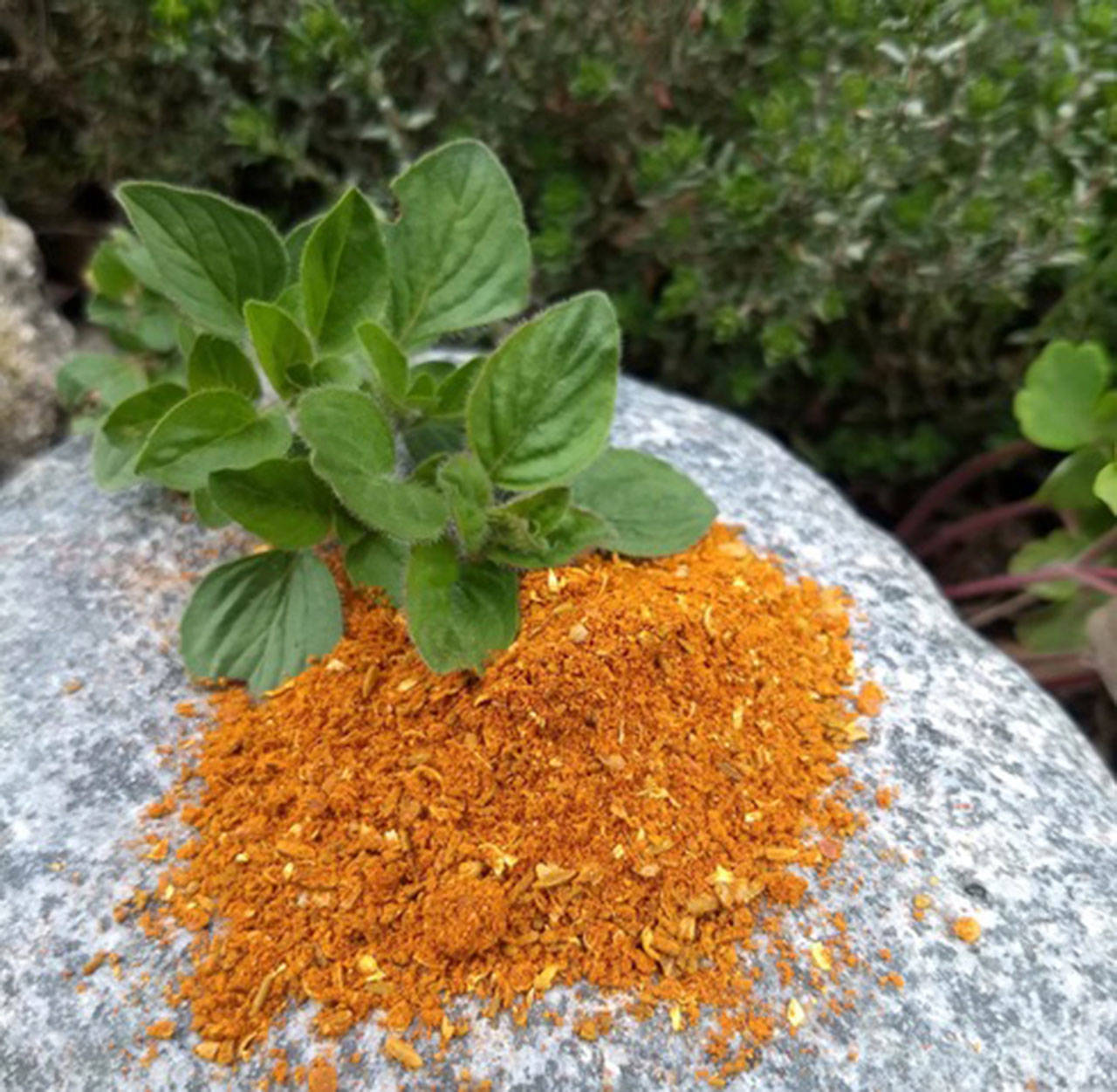ANCIENT TRADERS CROSSED continents and fought wars for access to culinary and medicinal spices.
These same aromatic seeds, fruits, roots and bark can transform our backyard veggies and meats into culinary adventures.
Americans have eagerly adopted the ethnic cuisines from around the world.
Flavor packets
Unfortunately, our enjoyment of these ethnic flavors is often limited to fast food restaurants and the flavor packets found in the grocery aisles.
Ask my kids and they will tell you that I have a thing about flavor packets.
I grew up on them … bouillon cubes, soup packets and gravy mix.
It was the 1970s and convenience was queen in the modern kitchen.
We were encouraged to eat like astronauts — just open a package and lay out the silverware.
Somewhere in between fast food and crossing a continent on the Silk Road in search of cinnamon, learning to use a handful of spices in your culinary creations will enhance your health as well as your pleasure.
In order to make the most of your spice collection, here are a few tips:
• Store spices in a cool dark place in airtight containers. Otherwise, spices will lose their aroma, flavor and medicinal characteristics over time.
• Buy whole spices and grind them yourself if possible. Use a mortar and pestle or a small coffee grinder to make powdered spice mixes. You will be amazed by the flavor differences.
• Grow your own herbs if you have a patch of dirt near your kitchen or a pot on your patio: rosemary, thyme, sage, oregano, parsley and cilantro are easy to grow in this climate … snipping a few sprigs as you are preparing a dish is the most cost-effective, convenient and high-quality source.
• Once you find a spice mixture you like, make enough to last for a few months. It will save you time when dinner needs to be quick.
• Develop your sense of smell. Learning to recognize the aroma of each herb and spice will help you improvise.
• Buying herbs and spices in bulk is cost-effective and allows you to purchase just the quantity you want. Be sure to use your nose and make sure the spices are fresh when you buy them.
• The active components of many herbs and spices are fat soluble. Frying the spices in oil or making a paste with powdered spices for rubs will help to intensify and brighten the flavor and aroma of the dish.
Here are spice blends that I use frequently.
Feel free to adjust the amount of hot chile pepper according to your heat tolerance.
I originally found this blend in “The Spice and Herb Bible” by Ian and Kate Hemphill.
In honor of the beautiful cauliflower coming off the fields at Nash’s right now, here is a recipe for making a roasted cauliflower side dish.
Preheat an oven to 350 degrees. Wash and cut one medium head of cauliflower into 2-inch florets.
Toss the cauliflower with 1 tablespoon vegetable oil and 1 tablespoon of the Moroccan Spice blend and ½ teaspoon salt.
Spread the cauliflower onto a baking sheet and roast for approximately 20 to 30 minutes, turning once or twice to make sure the pieces cook evenly.
Remove from the oven. Serve hot or cold.
Traditionally this is served with warm pita and other side dishes such as hummus, tzatziki (yogurt sauce) and lamb.
Moroccan Spice from ‘The Spice and Herb Bible’ by Ian and Kate Hemphill
8 teaspoons ground cumin
6 teaspoons paprika
3 teaspoons dried minced onion flake
2 teaspoons ground coriander
1½ teaspoons turmeric
1 teaspoon cayenne pepper (or substitute paprika if you don’t want the heat)
¾ teaspoon garlic powder
½ teaspoon fresh ground pepper
½ teaspoon ground allspice
Mexican Chili Powder from ‘The Spice and Herb Bible’ by Ian and Kate Hemphill
2 tablepoons mild medium or hot ground red chile
½ teaspoon garlic powder
½ teaspoon onion powder
½ teaspoon red pepper flakes
1 teaspoon dried crushed oregano
2 teaspoons paprika
1 tablespoon cumin
1 teaspoon salt
1 teaspoon black pepper
Use either one of these spice blends as a rub for veggies or meat. Or mix with ground beef or lamb (1 tablespoon for 1 pound of meat) to make patties or seasoned ground meat for tacos or pita sandwiches.
________
Betsy Wharton is the proprietor of the Clallam Canning Co., a local purveyor of artisan pickles and other farm to jar goods. You can find her and her products at the Sprouting Hope Greenhouse at 826 E. First St. in Port Angeles. Or contact her at betsy@clallam canningcompany.com.

